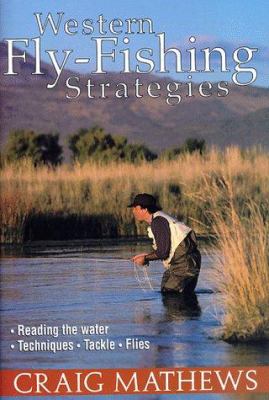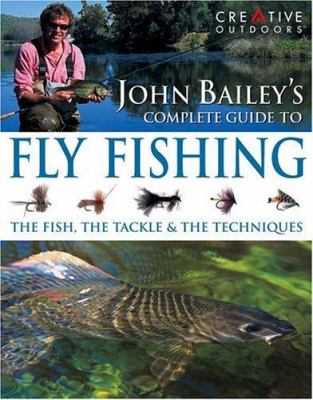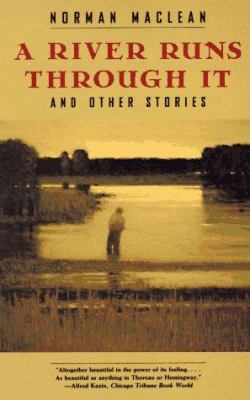
The sport of fly fishing has become more mainstream (and, dare I say, hipster-y) in recent years. More and more men and women are gearing up with rods, reels, and waders to try their luck at angling. But it isn’t a new trend. “Modern” fly fishing took shape in England throughout the 15th, 16th and 17th centuries, with books such as The Treatyse on Fysshynge with an Angle (1496) by Dame Juliana Berners; The Secrets of Angling (1613) by John Dennys; or The Compleat Angler (1653) by Izaak Walton being published and widely distributed. However, there are references to catching fish with a fly dating as far back as ancient Roman and Japanese times. Fly fishing started to become popular in America in the 1950s.
One can fly fish in warm or cold water, salt or fresh water, for many different species of fish. So what makes fly fishing unique? It really centers on the use of an artificial fly (which can be anything, but is traditionally animal fur, feathers, and string tied to a hook), casting technique, and gear.
There are two main types of flies; dry and wet flies.
Dry flies sit on the surface of the water, and mimic bugs that have fallen in. They can imitate little moths, ants, beetles, flies, grasshoppers, etc. They are designed to encourage a fish to “rise” and grab the hook.
Wet flies (nymphs and streamers) are fished underwater, and resemble amphibious insect larvae or small fish. Dry flies are typically fished early in the morning and later in the evening, while wet flies can be fished at any time of day. It mostly depends where the fish are currently feeding…which can be dictated by time of day, weather, or water conditions.
Other than the artificial fly, the key components to modern day fly fishing is the casting technique and gear. Lure fishing, by comparison, involves slinging the lure out into the water by its own weight. Flies weigh so little that they can’t be thrown out into the water in the same way, so fly fishers use a unique, heavier, tapered line that is tossed back and forth through the air in a stop-and-go motion to get the proper distance. At the end of the fly line is the leader, tippet and fly. Fly fishers also must use a long rod (up to 9ft), and unique reel to achieve the cast. There are many other tools, such as strike indicators, fly flotant, nippers, or waders that are tailored to the sport.
Cheyenne is very close to some world-class fishing areas (North Platte, anyone?), and is a great place to take up fly fishing. For some more resources on how to get started and fish the region, check out:

Western fly-fishing strategies, by Craig Mathews

John Bailey’s complete guide to fly fishing: the fish, the tackle & the techniques by John Bailey.

Or, if you just want some inspiration and get the juices flowing, pick up the classic story:
A River Runs Through It, by Norman Maclean.
If you go into any local fly shop, they can get you started with the right flies and equipment. And remember, the best way to master your cast is to practice, practice, practice.
~Molly B.
